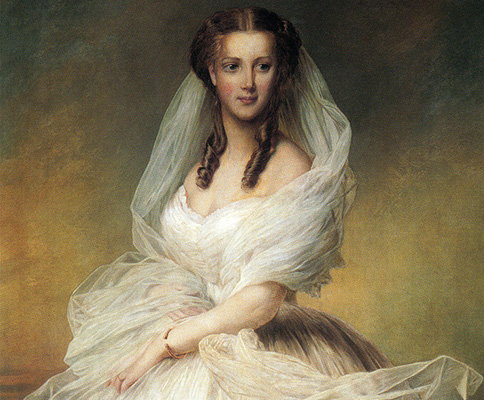A Brief History of Concubines And How They Influenced Powerful Men
“Behind every great man there’s a woman” might not be a politically correct
phrase to speak in the face of modern age feminism, but when one looks deeply
into the history of the concubine, it might just ring true.
The idea of a ruler having not only a wife but a mistress/concubine stretches back
to antiquity. Unable to marry the men they came to ‘service’ for a variety of
reasons-mainly because their social status wouldn’t allow a ‘commoner’ female
(i.e. or slave) ever to marry a ruler-concubines came to bear the children of the
man they served as much sometimes influence his court. Surely kept in seclusion
to serve only one man (or housed in harems) and though their procurement wasn’t
always so civilized, often time concubines could come to a relatively safe existence
during their lifetimes. A benefit also was that the concubine’s family often enjoyed
a wide berth from taxation or some other protection from other cultural evils that
could befall those of a lower caste.
And in some cases, the concubine came to enjoy quite the influential status.
Consort Wu Zetian, the concubine of China’s Emperor Zuanzong, positioned
herself so well in the Emperor’s household (and favor) that she became “Huifei,”
the highest rank for an imperial consort.. Against Confusion belief stating the
unnatural order of a woman ruling would be akin to a “hen crow like a rooster at
daybreak,” after Zuanzong’s death Wu Zetian became the first-and only-female
Emperor of China.
In Korea, Jang Ok-Jeong, the concubine of King Sukjong, especially influenced
the tumultuous court of the king. When Jang Ok-Jeong bore the king a son, she
was instantly elevated to “Jang Hui Bin” (Royal Noble Consort) and came up
against the royal influence of Sukjong’s mother, Queen Inhyeon; Jang Ok-Jeong
was later actually suspected of murdering the Queen. The controversy of Jang Ok-
Jeong’s firebrand presence caused King Sukjong to enact a ban on any future
concubine from becoming a Royal Consort ever again.
Diane de Poitiers, receiving both a “humanist education” and marrying a royal
officer at 15, rose through the royal François I’s household, and later became
embroiled in a long love affair with Henri II. She would come to influence Henri
on his court when he became king, often signing his official letters “HenriDiane.”
Diane de Poitiers appeared on coins and inspired works of art.
Eliza Rosanna Gilbert, or “Lola Montez” as she was known when she worked on
the stage as a professional dancer, became the mistress of Ludwig I of Bavaria.
Ludwig later made his courtesan a countess, as much granting her a large annuity
as seeking her advice on political matters.
Surely to bear their men male heirs and to satisfy ‘courtly’ lusts, history does note
that in many cases concubines serviced their men, the houses and monarchy they
came to live under, and even themselves in some interesting ways.




